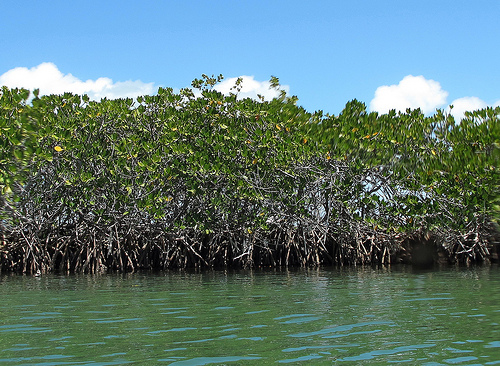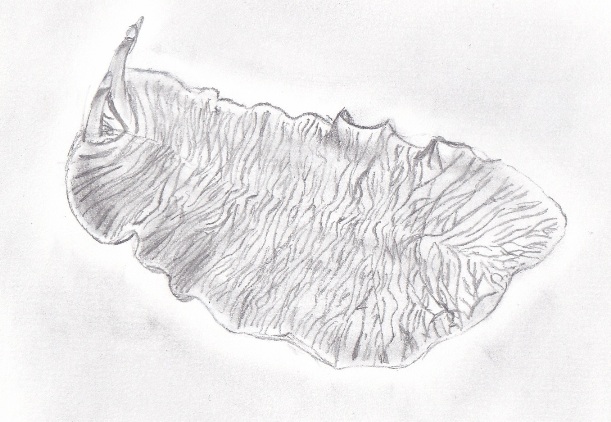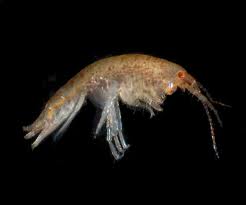Not Quite a Solitary Existance
Mangroves
 As
the name might suggest mangrove tunicates grow on mangrove trees.
Tunicates like to inhabit the roots in the water that have yet to enter
the substrate. Larval tunicates instinctually inhabit the roots a few
feet from the surface. Although Ectinascidia turbinata are
capable of attaching to rocks and corals these are usually not at the
right height.
As
the name might suggest mangrove tunicates grow on mangrove trees.
Tunicates like to inhabit the roots in the water that have yet to enter
the substrate. Larval tunicates instinctually inhabit the roots a few
feet from the surface. Although Ectinascidia turbinata are
capable of attaching to rocks and corals these are usually not at the
right height.
The presence of tunicates on mangrove roots is actually beneficial to the root as well. Uncovered roots either by sponges, or other tunicates are damaged by wood boring isopods. It was reported that uncovered roots grow at a rate 55 percent lower than those inhabited by organisms.
The Tiger Flatworm
 Because of the chemicals
and the high levels of vanadium in the mangrove
tunicate many animals can not feed upon them. However, this
invertebrate feeds exclusively on the mangrove tunicate. It actually
takes in the chemical Ecteinascidin-743 and uses it to its own
benefit. The utilization of this chemical prevents predators from
preying on it as well. The tiger flatworm feeds on roughly 19 individual
tunicates per day and does this by everting its pharynx. This allows the
tunicate to be digested outside of the organism which then later takes
in the nutrients. For more information about the tiger flatworm
click here.
Because of the chemicals
and the high levels of vanadium in the mangrove
tunicate many animals can not feed upon them. However, this
invertebrate feeds exclusively on the mangrove tunicate. It actually
takes in the chemical Ecteinascidin-743 and uses it to its own
benefit. The utilization of this chemical prevents predators from
preying on it as well. The tiger flatworm feeds on roughly 19 individual
tunicates per day and does this by everting its pharynx. This allows the
tunicate to be digested outside of the organism which then later takes
in the nutrients. For more information about the tiger flatworm
click here.
Amphipods
 Three
different species of amphipods have been shown to have an association
with E. turbinata. The amphipods live inside the tunic and feed
as the surrounding sea water enters the branchial siphon. The amphipods
also gain protection from the tunicates because the tunicates do not
suffer from high levels of predation. At this point it is unclear how or
if the tunicates benefit from the presence of the amphipods. For more
information about tunicates
click here.
Three
different species of amphipods have been shown to have an association
with E. turbinata. The amphipods live inside the tunic and feed
as the surrounding sea water enters the branchial siphon. The amphipods
also gain protection from the tunicates because the tunicates do not
suffer from high levels of predation. At this point it is unclear how or
if the tunicates benefit from the presence of the amphipods. For more
information about tunicates
click here.
Continue to learn about the mangrove tunicate by learning some interesting facts.